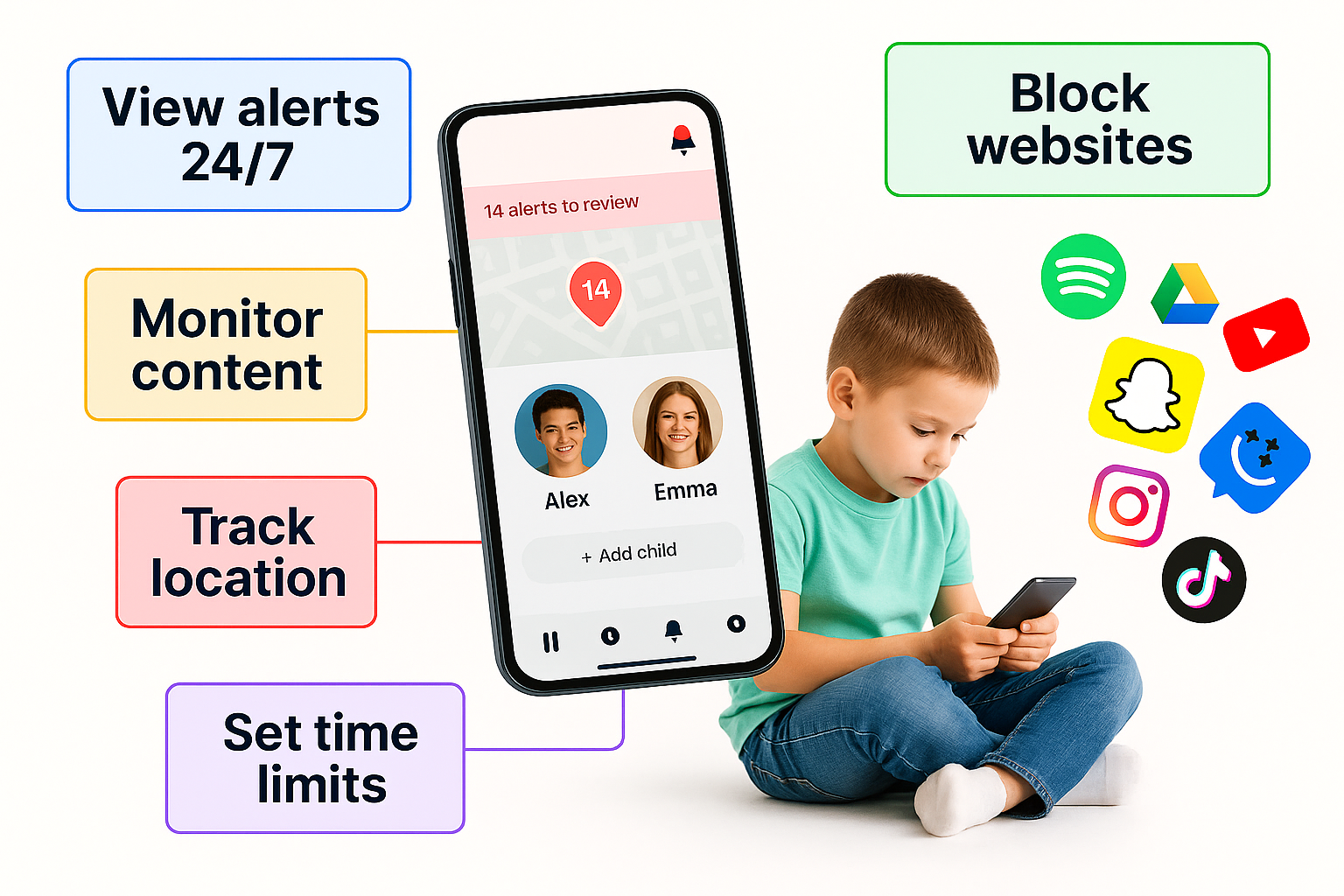🧠 Phones & Focus: What the Latest Brain Science Says About Kids’ Attention Spans
If you’ve noticed your child jumping from one task to another — never finishing homework, switching apps mid-video, or zoning out during conversations — you’re not alone.
Across classrooms and homes, parents are asking the same question:
“Are phones shrinking my kid’s attention span?”
The answer, backed by science, is yes — but not in the way most people think.
📊 What the Research Really Shows
A 2025 meta-study by the Child Neurodevelopment Research Institute found that:
- Kids who multitask on screens for more than 2 hours daily show lower sustained attention by 28%.
- The average child now switches tasks every 37 seconds while using a phone or tablet.
- When notifications are disabled, focus duration improves by 47% within one week.
But here’s the twist — phones themselves aren’t the enemy. It’s unstructured use that causes the cognitive overload.
“The human brain can adapt,” says Dr. Priya Alston, a cognitive neuroscientist at Stanford.
“But children need scaffolding — digital habits that teach attention, not scatter it.”
🧩 Why Kids Struggle to Focus in the Digital Age
Children’s brains are designed for curiosity and stimulation.
Phones, apps, and notifications constantly feed that system — rewarding short attention bursts. Over time, this “dopamine loop” reshapes their ability to tolerate boredom or deep focus.
Common signs of digital overstimulation:
- Difficulty finishing schoolwork without checking the phone.
- Irritability when disconnected.
- Forgetting instructions or losing track mid-conversation.
- Needing constant background noise or visual input.
This doesn’t mean your child is addicted — it means they need structured digital rhythm.
🔒 How Parental-Controlled Phones Can Rebuild Focus
Modern parental-controlled kids’ phones help break the cycle gently. Instead of taking the phone away (which often causes rebellion), you can guide how it’s used:
- App-time limits: Restrict non-educational apps to short daily windows.
- Focus or School Mode: Automatically disable distractions during learning hours.
- Quiet notifications: Replace sounds with subtle vibrations or visual badges.
- Tech-free blocks: Schedule phone downtime for outdoor play or reading.
Over time, this trains the brain to separate entertainment time from concentration time.
🧘♀️ The Psychology of Deep Attention
Attention isn’t just about willpower — it’s about environmental design.
Kids thrive when devices align with predictable routines. That’s why many families now use digital structure instead of strict rules.
Try these:
1️⃣ Keep phones out of sight during homework.
2️⃣ Use a timer (20-minute focus, 5-minute break).
3️⃣ Mirror your child’s “focus mode” on your own device — model what calm looks like.
4️⃣ Celebrate small wins: “You read 3 pages without checking your phone — that’s real focus!”
🧩 Real-World Result
One middle-school study in Texas tested 300 students who switched to restricted-mode phones for 30 days. The results:
- Average homework completion rose 41%.
- Self-reported stress dropped 35%.
- Teachers noticed “calmer classrooms and more curiosity.”
Structured tech, not zero tech, was the key.
Phones don’t destroy focus — unstructured freedom does.
When kids’ devices are guided by smart boundaries, their brains learn to shift gears between fun and focus.
A kids’ phone with built-in parental controls turns technology from a distraction into a developmental tool — helping your child master attention, not lose it.
Because the real skill of the future isn’t using tech — it’s focusing through it.

